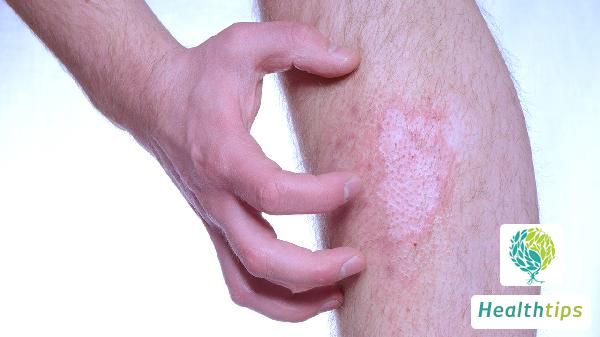What are the bodily reactions a few days before childbirth?
Birth methods are generally divided into cesarean section and vaginal delivery. Cesarean section is relatively simple, and the date of delivery can be chosen freely. However, vaginal delivery depends on the physical condition of the pregnant woman, and it can only enter the delivery stage when delivery signals appear during the waiting period. Therefore, symptoms that appear in the body of the expectant mother before childbirth are a major concern for many couples, especially for those who are expecting their first child and lack experience. So, what are the body reactions a few days before childbirth? Let's take a look.

1. Baby's entry into the pelvis: Generally, if you can clearly feel your belly is gradually descending, it is likely that the baby is entering the pelvis. Also, if you find that the distance from your breasts to the bulge in your abdomen is only as big as a fist, it also indicates that the baby has entered the pelvis. However, some people may experience labor soon after the baby enters the pelvis, while others may not have any signs for a long time.
2. Vaginal bleeding: Generally, if a pregnant woman notices bloodstains in her vagina when using the toilet, it indicates that childbirth is approaching. If there is no abdominal pain after bleeding, it means that childbirth will occur within the next week. If there is abdominal pain, and the pain becomes more intense and regular, it is necessary to go to the hospital as soon as possible, as childbirth may be imminent.
3. Backache and abdominal pain: Starting from the 8th month of pregnancy, pregnant women may feel a tightening and hardening sensation in their abdomen when standing, sitting, or walking, which can manifest as backache or abdominal pain - this is a sign of uterine contractions. The interval between contractions can range from ten minutes to two hours, and they mostly occur at night. Before childbirth, contractions become more frequent, occurring every 2 to 3 minutes, lasting 30 to 40 seconds each time.
4. Increased urge to defecate: In the late stages of pregnancy, the baby's head enters the pelvis, compressing the bladder and rectum near the uterus, leading to an increase in the urge to urinate and defecate.
1. Relaxation through breathing: Breathing techniques can help relieve pain during childbirth. Different stages of childbirth require different breathing patterns. Concentrated breathing can divert attention from the pain and help maintain a balance of oxygen and carbon dioxide levels in the body.
2. Relaxation through imagination: Positive imagination during childbirth can greatly enhance relaxation effects. Imagine the pain leaving your body through your mouth as you exhale, and visualize your cervix becoming soft and elastic, which is conducive to a smooth delivery.
3. Relaxation through massage: Touch and massage can help relieve pain and make you feel more comfortable. They eliminate pain by increasing relaxation and reducing anxiety. The type of massage needed during childbirth will vary depending on the stage. Gentle fingertip touch may be needed in the early stages, while stronger squeezing, pressure, cold compresses, and heat packs may be used in the later stages to suppress or weaken pain signals.



















